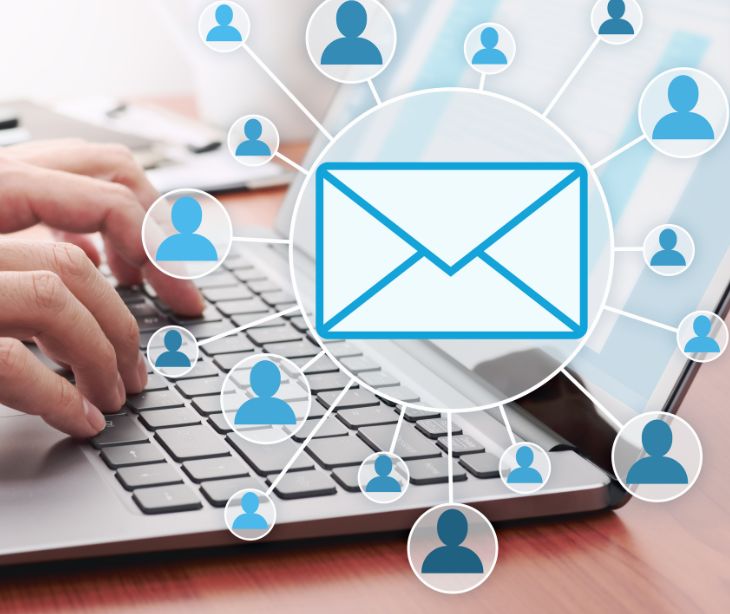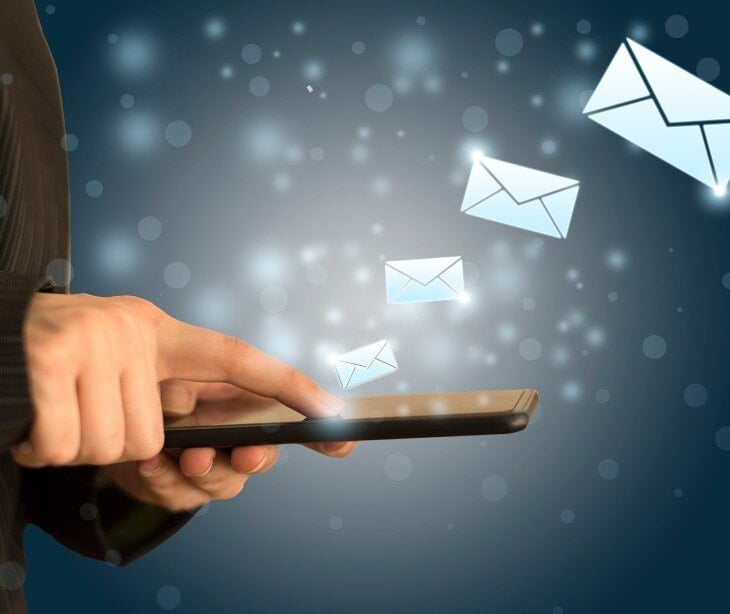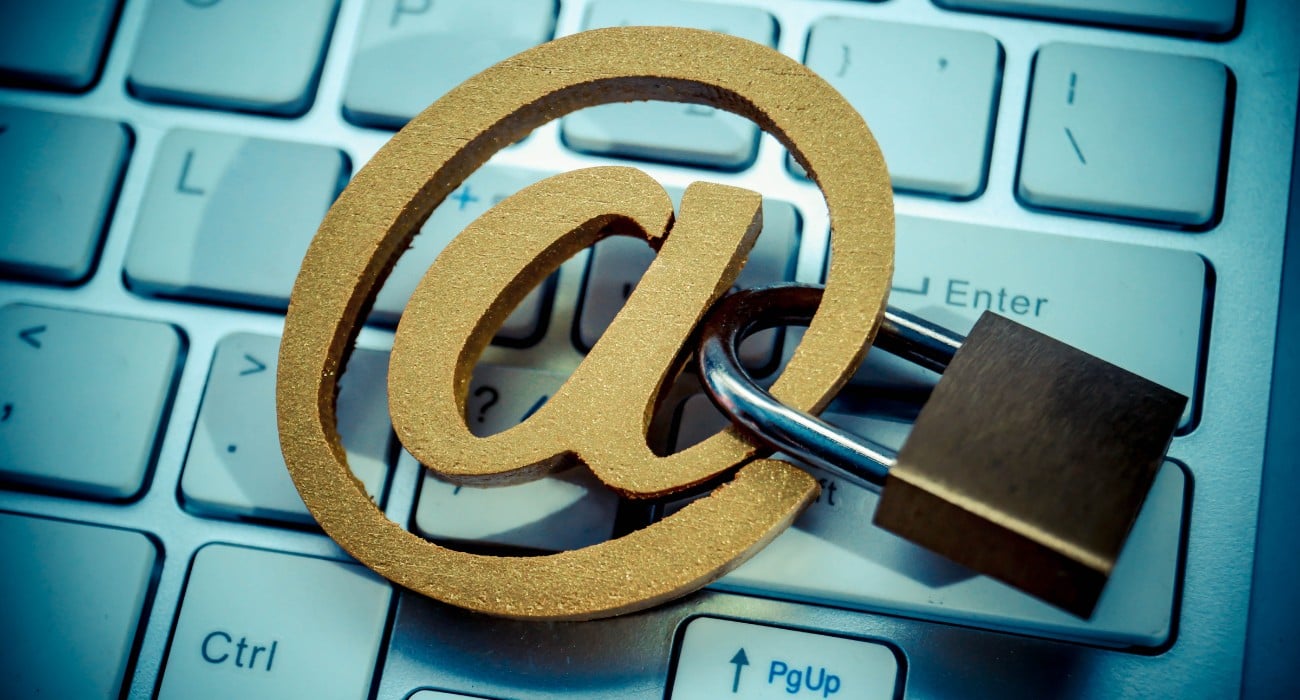
Certain types of emails may not require patient authorization under specific circumstances, particularly if they pertain to routine administrative matters or general health information.
What is patient authorization?
Authorization is required when healthcare providers need to use or disclose PHI for purposes not covered by consent. Authorization is a detailed document specifying various elements, including:
- Types of PHI to be used or disclosed
- Entities involved
- Expiration date
- Purpose for which the information will be used or disclosed.
Go deeper: Sharing patient information with authorization
Importance of patient authorization
Patient authorization is indispensable for email communication in healthcare. It serves as a cornerstone for protecting patient privacy, ensuring regulatory compliance, building trust and confidence, empowering patient decision-making, and mitigating the risk of unauthorized disclosure.
Healthcare providers must prioritize obtaining patient consent before communicating sensitive information via email, thereby upholding the highest standards of patient privacy and confidentiality. By doing so, providers demonstrate their commitment to ethical practice and patient-centered care in the digital era.
Emails that don’t require patient authorization
- Appointment reminders: Email reminders for upcoming appointments typically contain minimal sensitive information, such as the date, time, and location of the appointment. As long as these emails do not include additional medical details or protected health information (PHI), they can be shared via email with appropriate security measures in place.
- General health information: Non-specific health information, such as general health tips, wellness resources, or updates on healthcare services, may be shared via email without compromising patient privacy.
- Prescription refill reminders: Email notifications reminding patients to refill their prescriptions may be acceptable as long as they do not include any specific details about the medications being refilled. Providers should refrain from including sensitive information such as medication names, dosages, or medical conditions in these communications.
- Healthcare education materials: Educational materials or newsletters about certain health conditions, treatment options, or preventive care strategies may be shared via email with appropriate safeguards in place. However, providers should ensure that these materials are generic and not personalized for individual patients.
- Follow-up care instructions: Email communications providing follow-up care instructions or post-appointment guidance may be shared with patients, as long as they do not include sensitive or personally identifiable information without consent.
See also: Can you discuss health issues with patients via email?
In the news
The HHS Office for Civil Rights (OCR) has revealed that it plans to conduct new HIPAA audits to support healthcare organizations' adherence to HIPAA regulations and safeguard patient data. The audits will also assess regulated entities' compliance with potential revisions made to the HIPAA Security Rule. The HIPAA Security Rule establishes standards to protect the confidentiality, integrity, and availability of electronic protected health information (ePHI). Adhering to HIPAA’s Security Rule will ensure that all email communication is secure, safeguarding sensitive patient information.
Go deeper: HHS OCR back with random HIPAA audits
What is HIPAA compliant email communication?
HIPAA compliant email communication is the exchange of ePHI in a manner that adheres to the regulations outlined in the Health Insurance Portability and Accountability Act (HIPAA). HIPAA sets strict standards for the privacy and security of patient health information, including guidelines for electronic communication.
Go deeper:
How to remain HIPAA compliant in email communication
Remaining HIPAA compliant in email communication protects patient privacy and ensures the security of ePHI. Here are some best practices to help healthcare organizations and providers maintain HIPAA compliance when communicating via email:
Implement encryption:
- Use encryption technologies to protect the confidentiality of ePHI transmitted via email. Encrypt the email's content and any attachments to prevent unauthorized access or interception.
Use secure email platforms:
- Use secure email platforms or services specifically designed for healthcare providers, like Paubox. These platforms offer enhanced security features, encryption, access controls, and audit trails, to ensure the confidentiality and integrity of ePHI.
- Choose reputable vendors that comply with HIPAA regulations and enter into business associate agreements (BAAs) to formalize their commitment to protecting patient information.
Obtain patient consent:
- Obtain explicit consent from patients before communicating ePHI via email. Inform patients about the risks and benefits of electronic communication, and allow them to opt-in or opt-out of receiving emails containing sensitive information.
Train staff on HIPAA compliance:
- Provide comprehensive training to staff members involved in email communication. Ensure that employees understand their responsibilities under HIPAA regulations, including the proper handling of ePHI, security protocols, and procedures for responding to security incidents or breaches.
Establish policies and procedures:
- Develop policies and procedures governing email communication to ensure consistency and compliance with HIPAA regulations. Outline guidelines for the use of email, encryption requirements, patient consent processes, and protocols for responding to security incidents.
Monitor and audit email activity:
- Implement monitoring and auditing mechanisms to track email activity and detect any unauthorized access or security breaches.
- Conduct regular audits and assessments of email communication systems to evaluate security controls and address any deficiencies.
Secure mobile devices:
- If employees access email containing ePHI on mobile devices, ensure that appropriate security measures are in place to protect patient information.
- Implement encryption, strong authentication, remote wipe capabilities, and device management policies to safeguard ePHI stored or transmitted on mobile devices.
Dispose of ePHI securely:
- Develop procedures for securely disposing of emails containing ePHI once they are no longer needed.
FAQs
What is the difference between consent and authorization?
Although both may involve allowing certain actions to take place, consent is mainly associated with medical treatment and healthcare interventions, while authorization specifically concerns the sharing of protected health information for purposes other than regular activities in healthcare.
Go deeper: How does HIPAA differentiate between consent and authorization?
What is considered secure email?
Secure email involves employing a trusted secure email service, for example, Secure Socket Layers, or SSL, which creates a secure connection between a dedicated web server and browser. Secure email methods typically involve protecting the email account rather than its content.
What precautions should be taken when sending emails without patient authorization?
Healthcare providers should ensure that emails without patient authorization do not contain specific patient identifiers or sensitive health information. Additionally, appropriate security measures should be implemented to safeguard the confidentiality and integrity of the information transmitted.
Subscribe to Paubox Weekly
Every Friday we'll bring you the most important news from Paubox. Our aim is to make you smarter, faster.



